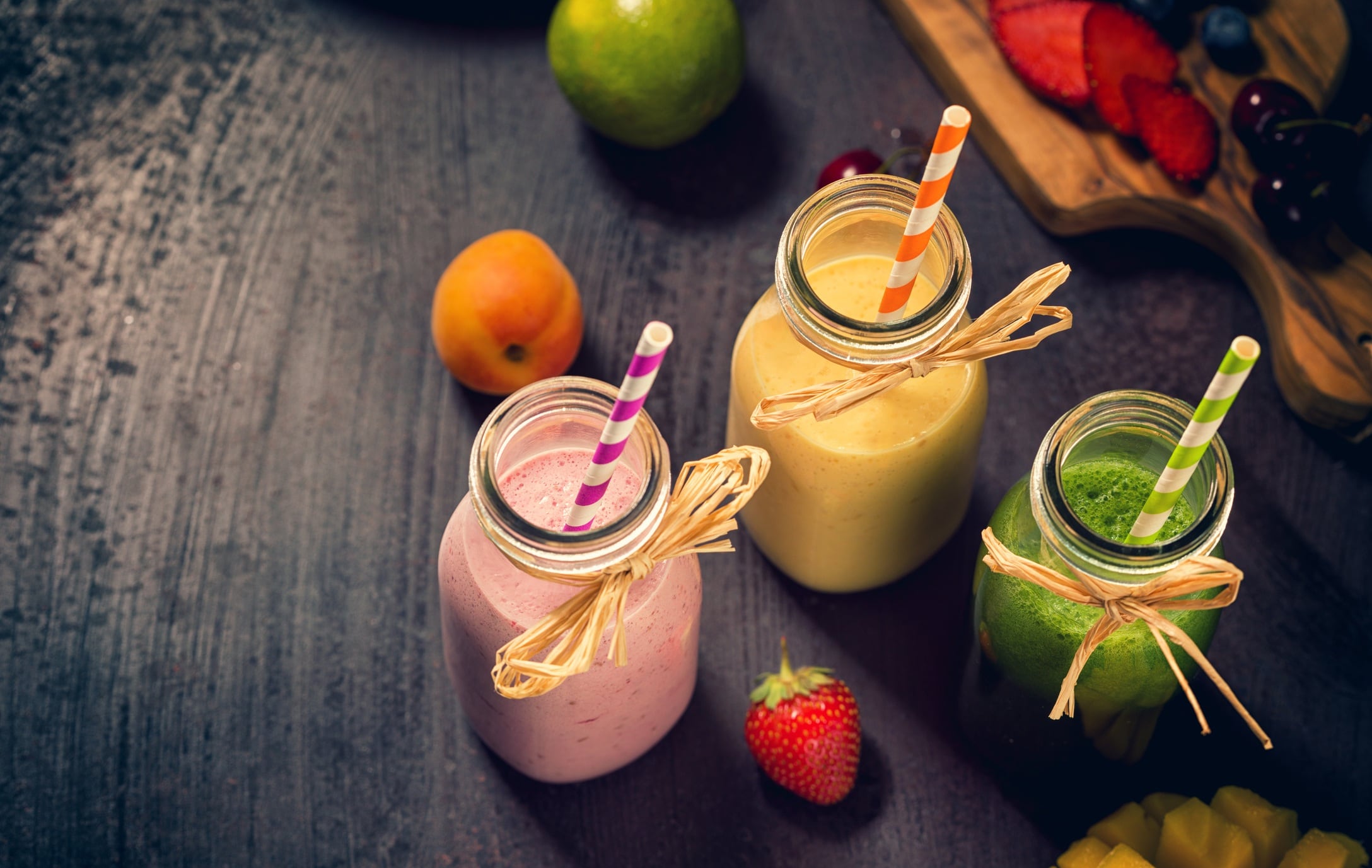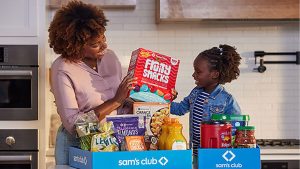
Functional beverage market to hit $250bn by 2030: Key trends driving growth
What are the key trends in the functional drinks market? SummaryFunctional drinks market to reach $250 billion by 2030Creatine demand surging with 10 million monthly global searchesLactoferrin gaining traction for immunity and gut health benefitsPersonalised nutrition driving innovation in delivery and formulationHydration-focused drinks evolving with low sugar and added electrolytesThe functional drinks market is on fire.
Currently valued at a $149bn (€127bn), it’s growing at a CAGR of 8.9%, and is expected to hit nearly $250bn ($248.51bn) by 2030 (industry analysts Grand View Research)
“Increasing awareness regarding the health benefits of consuming functional drinks, enriched with health-enhancing ingredients, including amino acids, vitamins, and minerals, among others, is a major driver boosting the growth of the functional drinks industry,” says a spokesperson for Grand View Research.
The ready-to-drink (RTD) category is proving particularly popular amongst increasingly busy consumers, with functional juices, sparkling waters, sodas, and teas leading sales.
Functional beverage trendsPowerful market growth is leading manufacturers to innovate heavily in this space, as they work to meet growing demand and anticipate the next big functional trend.
PersonalisationOne of the fastest-growing trends in functional beverages is personalisation. That’s according to Alexandre Bastos, head of front-end innovation at Swiss flavour manufacturer Givaudan.
As consumers increasingly seek products tailored to their individual health goals, lifestyles, and even genetic profiles, the beverage industry is responding with innovations that go beyond one-size-fits-all solutions.
“Ingredients and how they’re delivered into the body is one area that’s very interesting,” Bastos explained at the Future Food-Tech conference in London last week. This means not only selecting bioactive compounds that support specific functions – such as energy, immunity, or cognitive performance – but also exploring advanced delivery systems that enhance absorption and efficacy. Technologies like microencapsulation, time-release formats, and even AI-driven formulation tools are being developed to ensure that functional ingredients reach the right part of the body at the right time.
Personalisation could also involve integrating data from wearable devices, health apps, or microbiome testing to create beverages that adapt to a consumer’s changing needs. Bastos suggests that this shift will redefine how brands approach product development, moving from broad demographic targeting to hyper-individualised experiences.
CreatineAn emerging trend in functional beverages is creatine.
The global creatine market is already worth over $1bn and growing at a CAGR of 25.2%, taking it to over $4bn by the end of the decade (Grand View Research).
“There’s been a huge surge in interest in creatine over the past year,” says Kyle Crowley, chief product officer at protein brand Protein Works.
And this surge isn’t just driven by athletes and gym-goers. Creatine is gaining traction among everyday health-conscious consumers, particularly those interested in cognitive health, energy metabolism, and healthy aging.
And industry experts have noticed the shift.
“We’re monitoring two ingredients that are extremely important for us,” says Rodrigo Hortega de Velasco, investment director at food and beverage investment firm Döhler Ventures. “The first is creatine.”
The second is Lactoferrin.
LactoferrinA multifunctional protein, naturally found in milk, lactoferrin is prized for its immune-boosting, anti-inflammatory, and gut-health properties. It plays a key role in iron regulation, antimicrobial defense, and maintaining a balanced microbiome, making it particularly attractive for products targeting holistic wellness.
“Lactoferrin is an extremely functional protein,” says Hortega de Velasco.
As consumers increasingly seek products that support immune resilience, digestive health, and overall vitality, lactoferrin is gaining attention not just from supplement brands, but also from manufacturers exploring its potential in ready-to-drink formats, dairy alternatives, and gut-friendly snacks. Its natural origin and broad health benefits position it as a key player in the next wave of functional ingredient innovation.
There is one barrier to this potential trend – it’s not currently scalable. However, industry innovators are working to change this, and when they do we expect to see it quickly enter the functional beverage space.
HydrationHydration may seem like a basic feature of any beverage – but not all drinks hydrate equally. As consumers become more educated about the science of hydration, they’re starting to scrutinise what’s actually in their bottles and cans.
Factors like electrolyte content, sugar levels, and osmolality (how easily fluids are absorbed) can significantly impact how hydrating a beverage truly is.
“There’s a big push for hydration,” says Rory Paterson, co-founder and CEO of functional drinks brand XOXO Soda.
Consumers aren’t just looking for something refreshing, they want drinks that actively support their body’s hydration needs, especially as awareness grows around the impact of dehydration on energy, focus, and overall wellbeing.
This shift is driving innovation in low-sugar, electrolyte-enhanced, and clean-label hydration products. From coconut water and functional sodas to next-gen sports drinks, brands are responding to demand for beverages that do more than quench thirst, they replenish, energise, and support performance.
The future of functional beveragesThe future of functional beverages is dynamic, data-driven, and deeply personal.
As consumers continue to demand more from what they drink – whether that be enhanced hydration, cognitive support, immune resilience, or tailored nutrition – brands are responding with unprecedented innovation.
The convergence of nutrition science, technology, and consumer insight is setting the stage for a new generation of functional drinks that are not only effective but also deeply aligned with individual lifestyles and values.











